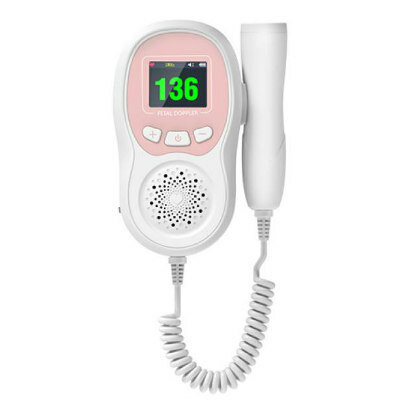Breast CT Imaging System Easier on Women
By MedImaging International staff writers
Posted on 29 Dec 2010
While not a frontline screening tool, cone beam computed tomography (CBCT) might help diagnose difficult breast cancer cases.Posted on 29 Dec 2010
Radiologist Avice O'Connell, MD, from the University of Rochester Medical Center (URMC; Rochester, NY, USA), summarized the studies conducted thus far on the cone beam computed tomography (CBCT) scanner, at the Radiological Society of North America annual scientific assembly in Chicago, IL, USA November 28 to December 3, 2010. Dr. O'Connell is optimistic about the progress: The CBCT provides high-quality images, and significantly, is easier on women because it allows accurate breast scans without having to pull, flatten, and compress the tissue.
Moreover, early research showed that breast coverage and radiation dose is comparable to mammography. However, at this time researchers do not believe the CBCT is likely to replace mammography as a frontline screening tool. More studies are needed to verify its best usage in the clinic. "The CBCT imaging system has some significant advantages over current imaging modalities however its greatest potential may be as an additional tool for diagnosing difficult cases. It could be extremely useful in locating tumors that are obscured by dense breast tissue, or distinguishing between benign and malignant lesions,” said Dr. O'Connell, associate professor in imaging sciences and director of women's imaging for the Comprehensive Breast Care Center at the James P. Wilmot Cancer at URMC.
A team of URMC researchers introduced the CBCT system at the 2006 RSNA meeting. The CBCT scanner produces three-dimensional images while the breasts are in a more natural state. (Tomosynthesis is another new technology being developed for breast screening. It constructs a 3D image of the breast using multiple X-rays, whereas the CBCT is an actual 3D image, according to Dr. O'Connell) The patient undergoing a CBCT scan lies on her stomach on a cushioned exam table--the design of which is still being improved--as one breast at a time is suspended through an opening in the table. The radiation source is positioned so that exposure to the chest or other areas of the torso can be avoided.
The scanner takes 300 high-resolution images while circling the breasts for approximately 10 seconds, emitting a radiation dose that is similar to a diagnostic mammogram and within the limits set by the US Food and Drug Administration. Radiologists will also be able to use the CBCT images and related software to perform biopsies directly on the table, according to Dr. O'Connell.
Dr. O'Connell presented her findings at RSNA, which included an initial trial of 23 women who were known to be cancer-free and to have had routine, normal, screening mammograms, also volunteered to undergo scans on the CBCT system. The study's only objectives were to evaluate image quality, coverage, and radiation dose. Some of the volunteers had dense breasts, which are more difficult to screen and often require a higher dose of radiation to obtain additional views if a problem is suspected. Dense breast tissue is rather common: at least 25% of all women undergoing screening mammography, and particularly younger women and those who take hormone therapy, have dense tissue, which can greatly reduce the sensitivity of mammography.
Researchers discovered that the CBCT provided quality images of the entire breast, from the chest wall to the nipple, with a contrast resolution that was adequate to detect masses and calcifications 1 mm or larger. The study was published in August 2010 in the American Journal of Radiology.
A follow-up study of 42 women included volunteers who were known to have abnormal mammograms and in need of a biopsy. Researchers compared the mammography images to those from the CBCT scanner. The CBCT detected all abnormalities and cancerous lesions, O'Connell said. Data from this study is being presented for the first time at RSNA 2010, and has not yet been published in a peer-reviewed journal.
Dr. O'Connell has begun a new clinical trial in collaboration with the University of Massachusetts (Worchester, USA). The objective is to compare CBCT and mammography images of 75 lesions and 75 calcifications to the pathology reports from the biopsies. This will allow researchers to evaluate the accuracy of the scans further.
Additional studies are planned to investigate the use of CBCT for those who cannot receive an magnetic resonance imaging (MRI), for women with silicone breast implant ruptures, and to assess the response to breast cancer treatment in cases where the disease is more advanced at diagnosis. "As our studies continue, we are very excited about the potential of this technology and look forward to exploring many uses for the CBCT scanner in the clinic,” Dr. O'Connell added.
Related Links:
University of Rochester Medical Center




 Guided Devices.jpg)









